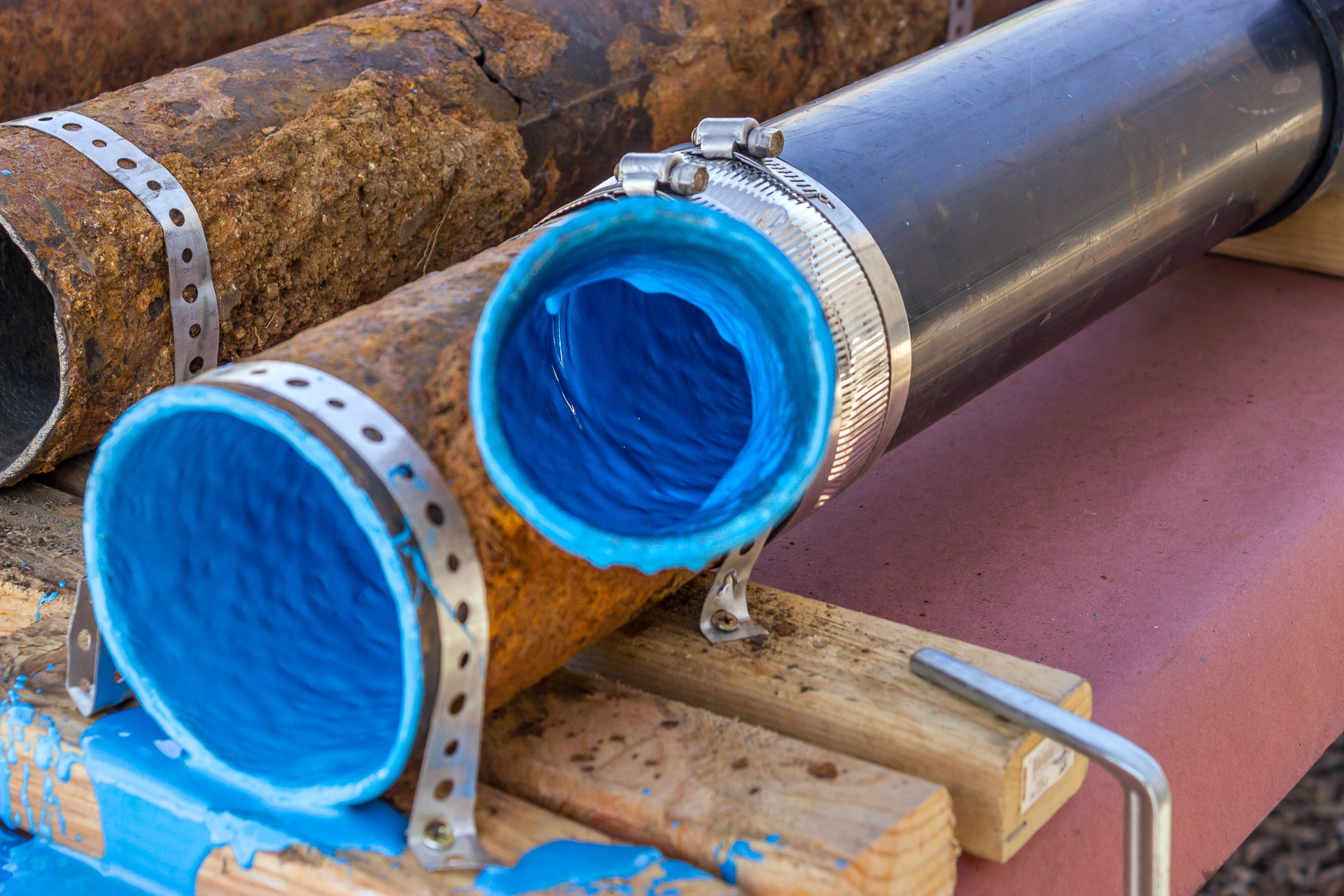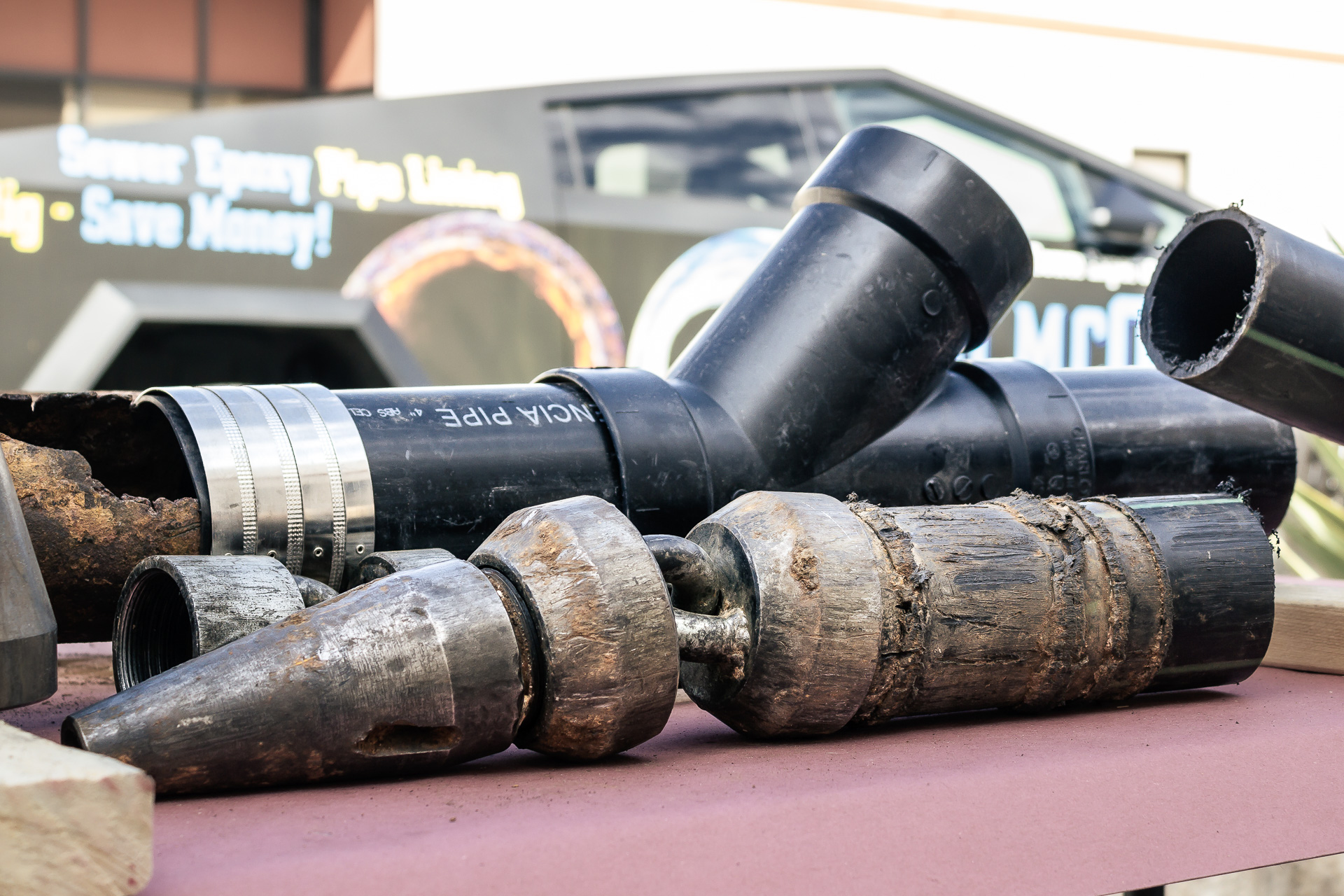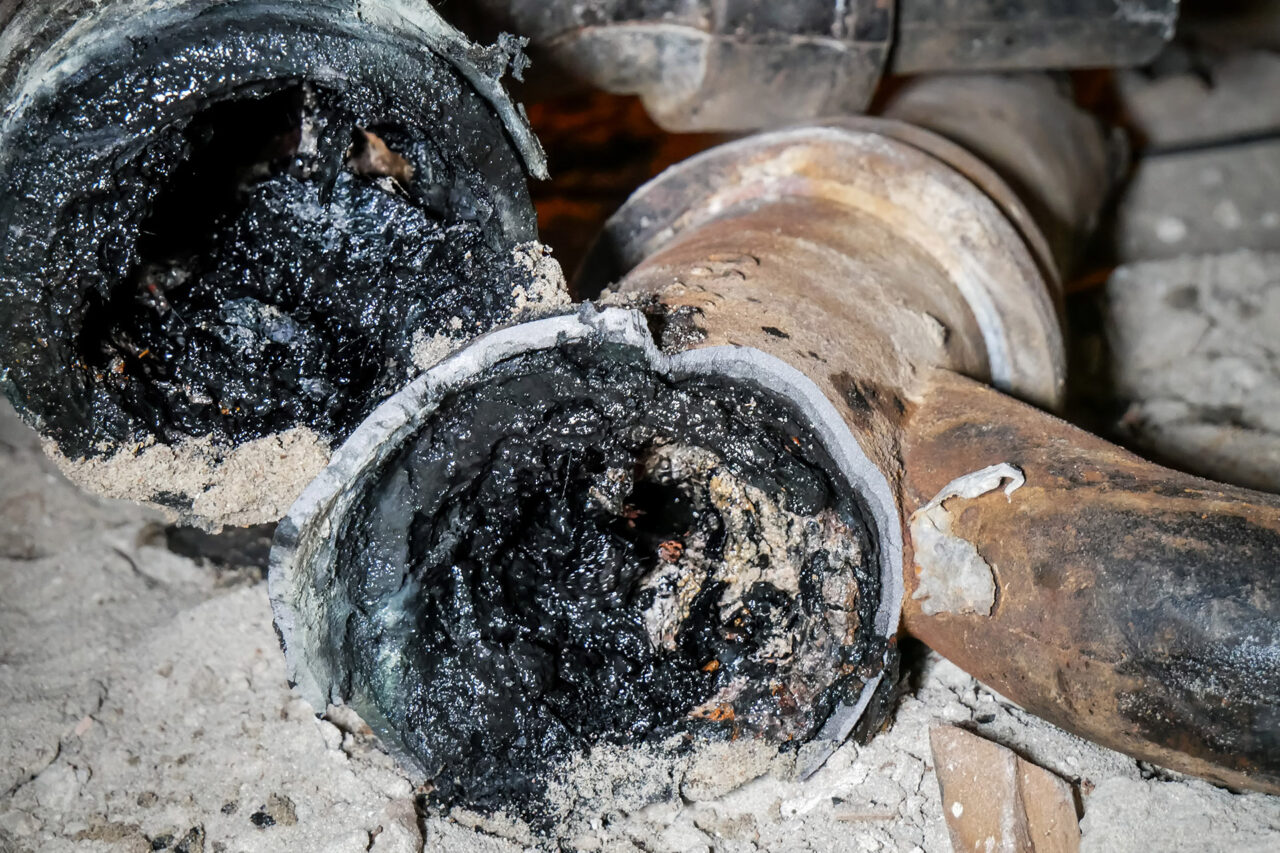How Much Does It Cost to Unclog a Sewer Line: What Homeowners Need to Know
A clogged sewer line can disrupt your daily routine and, if left unaddressed, cause significant property damage. Understanding the costs of unclogging a sewer line helps homeowners plan effectively and act promptly. Costs vary based on factors like the clog’s severity, the cleaning method, and local labor rates. This article explores these factors, provides average cost estimates, and offers tips to prevent future blockages, helping you make informed decisions about your plumbing needs.
Contents
Factors Affecting Sewer Line Unclogging Costs
Several factors influence the cost of clearing a sewer line:
- Clog Severity & Location: Minor blockages near the surface can often be cleared with simple snaking, which is less expensive. Deep or stubborn clogs may require advanced methods like hydro jetting, increasing costs.
- Cleaning Method: Basic snaking is affordable but may not work for tough blockages. Hydro jetting, which uses high-pressure water, is more effective but costs more.
- Labor & Time: Complex or time-consuming jobs increase labor costs. Emergency or after-hours services may add $50–$200 to the bill, depending on the plumber and timing.
Understanding these factors helps you anticipate expenses and choose the right solution for your sewer line issue.
When a Clog Requires Sewer Line Replacement
Sometimes, a clog signals deeper issues, such as cracked, corroded, or collapsed pipes. A camera inspection can reveal problems like tree root intrusion or sagging pipe sections, which may require partial or full sewer line replacement.
While snaking or hydro jetting can clear soft blockages, they can’t fix structural damage. In these cases, trenchless repair methods, like epoxy pipe lining or pipe bursting, are often recommended. These solutions minimize digging, reduce disruption to your property, and are faster than traditional excavation.


Average Unclogging Cost Estimates
The cost to unclog a sewer line depends on the clog’s severity, the method used, and your location. Below are typical price ranges for common services.
| Service | Average Cost Range |
|---|---|
| Basic Sewer Line Cleaning | |
| Plunging or Drain Snaking | from $175 |
| Auger or Roto-Rooter Service | from $150 |
| Chemical Drain Cleaning (Professional) | from $150 |
| Advanced Unclogging Methods | |
| Hydro Jetting | from $250 |
| Sewer Line Camera Inspection | from $225 |
| Tree Root Removal | from $325 |
| Sewer Line Repairs & Replacements | |
| Minor Pipe Repair (Localized) | from $500 |
| Trenchless Sewer Repair (Lining/Bursting) | from $1,500 |
| Full Sewer Line Replacement | from $3,000 |
Additional Cost Factors
- Accessibility: If plumbers need to dig or remove flooring to access pipes, costs rise.
- Emergency Services: Urgent or after-hours calls may increase expenses.
- Pipe Condition: Older homes with cast iron pipes may face higher costs due to corrosion or the need for modern ABS pipe replacements.
Regular maintenance can help avoid costly repairs. Contact Almco Plumbing for a customized maintenance plan to keep your sewer lines in top shape.
How to Prevent Future Blockages
Preventing sewer line clogs saves time and money. Follow these tips to maintain a healthy plumbing system:
- Flush Only Toilet Paper & Waste: Avoid flushing wipes, paper towels, feminine products, or cotton balls, as they can cause blockages.
- Dispose of Grease Properly: Never pour fats, oils, or grease down the drain, as they solidify and clog pipes. Collect them in a container and throw them in the trash.
- Use Drain Strainers: Install strainers in sinks, tubs, and showers to catch hair and debris, reducing the risk of clogs.
- Schedule Regular Inspections: Professional inspections, including hydro jetting or camera checks, catch issues early. Almco Plumbing offers maintenance plans to prevent major problems.
- Avoid Chemical Drain Cleaners: Harsh chemicals can corrode pipes. Use plungers or drain snakes for minor clogs instead.
For older homes (pre-1970) with cast iron pipes, consider upgrading to durable ABS pipes to reduce corrosion-related clogs. Ask Almco Plumbing about pipe replacement options.
